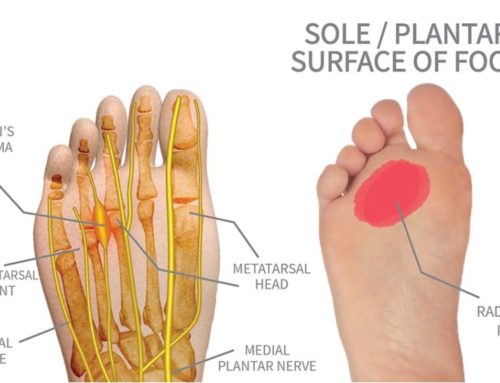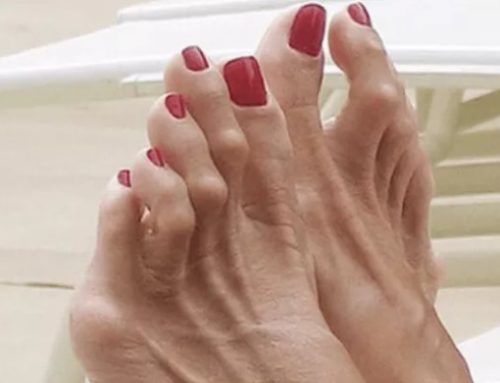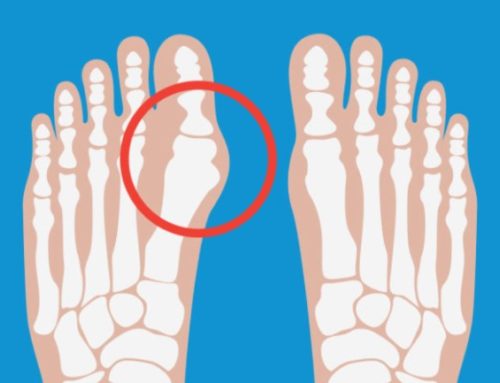
By Dr. Ken Lefkowitz
In the winter months, slippery walking conditions and seasonal sports like ice skating, snowboarding, and sledding are some of the leading causes of foot-related injuries. Even standing on a hard floor for too long can produce a stress fracture. We have already treated several patients with stress fractures in November after they volunteered at the polls and stood on a hard surface for hours,
It’s important to be aware of the signs of a stress fracture, especially following a potentially stressful activity or fall, and to seek appropriate care. Pain, swelling, redness, and possibly bruising can all be signs of a stress fracture. The pain typically occurs on the top of the foot. The symptoms usually pop up quickly and then subside if the person stops the activity. Beginning treatment as soon as possible is very important and may shorten your recovery time. Treatment can take four to six weeks if you catch the problem early. During this time, it’s important to rest the foot and possibly wear a surgical shoe or cast boot. In a small percentage of patients, surgery may be needed to stabilize the fracture.
If you believe you may have a stress fracture, give us a call at Quality Foot Care. We can take digital x rays and provide answers and treatment for you in no time.




Leave A Comment